
Many people are afraid of spiders, and to some extent, they have every right to be. While many or even most of spiders commonly found in homes are not dangerous and do not pose any particular harm for a human being of any age, some of the spiders are actually dangerous. It is important to be able to recognize and distinguish dangerous spiders from harmless ones and to know what to do in case of a spider bite.
Dangerous spider species
In Northern America there are six known species of spiders that are believed to be harmful for people. Those species are Black Widow, Brown Widow, Brown Recluse, Sac, Red-legged Widow, and Varied Widow. In Australia the notoriously dangerous spider is called Funnel-Web.
Fortunately, bites from these spiders are today rare, but they do require medical attention because complications, like infections, are possible.
Black Widow has a characteristic red mark on her back that is shaped like an hourglass. Its bite leaves faint red marks and swelling of the area and the bite itself feels like a pinprick. After several hours, the victim will experience stiffness and intense pain, and there may also be nausea, fever, chills and stomach ache.
Brown Recluse has a mark shaped like a violin on its back. Their sting is mild and results in a blister that eventually turns into a deep swelling. This spider too can cause fever and nausea.
Sac spiders inhabit homes and prey on insects. They do not attack unless they are provoked. The bites usually occur during night, because they are nocturnal creatures. They are non-toxic but they can leave a large open wound and tissue damage.
Treatment and medical attention
Many people cannot tell the difference between different spider species so they do not know if a particular spider is poisonous and dangerous or not. Therefore it is recommended to see a doctor in case of a spider bite, especially if a person did not see the spider who bit him or her.
In case of poisonous spiders like Black Widow, doctors usually administer an anti-venom. As for Brown Recluse, the medication is best if started as soon as possible.
In case a person is unable to receive immediate medical attention or if he or she is certain that the spider was not of a poisonous kind, there are several steps to be taken in order to relieve the symptoms of spider bites and prevent infection.
The area should be washed thoroughly with soap and water. Cold compresses should be applied to reduce redness and swelling. As for the medication, Diphenhydramine tablets can be used for the itch and acetaminophen is recommended for the pain.
Things to avoid in case of a spider bite include antibiotics, ibuprofen, Aspirin and naproxen, and the bite mark must not be picked at or dissected open, because it will cause an infection.



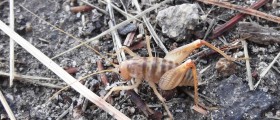

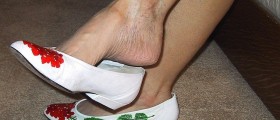
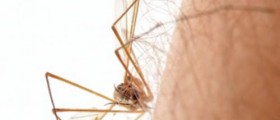


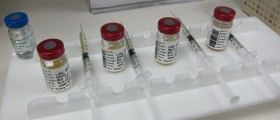
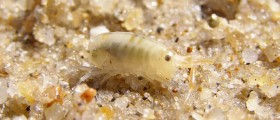

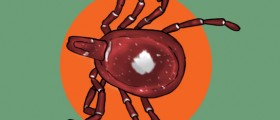
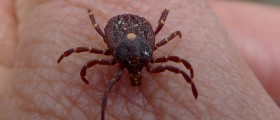
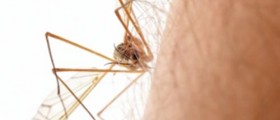
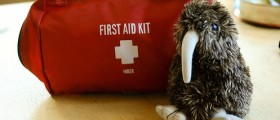
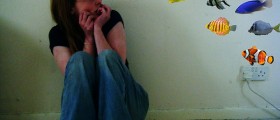
Your thoughts on this
Loading...